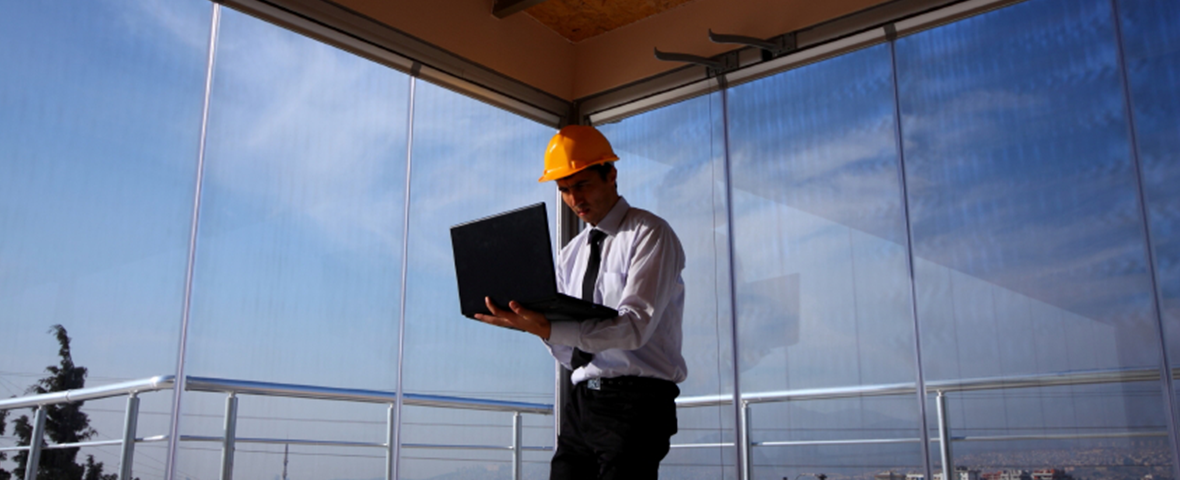While their importance has never been in doubt, wellbeing and safety are two extremely hot topics shaping the field of facilities management (FM) right now.
This is in part a legacy of the pandemic. Employers across all parts of the economy are stepping up their efforts to make their workplaces more desirable and supportive of wellbeing to boost productivity and attract and retain talent, while awareness of safety and hygiene issues at a societal level has grown enormously.
As a result, organisations must double-down on their efforts to fulfil various regulatory and compliance standards set by industry bodies and the government. Doing so provides proof that they are actively working to support the safety of those they are responsible for.
This means properly managing the buildings and workplaces they operate in – they must support the wellbeing and safety of the people using them, be they employees, visitors, residents, or anybody else making use of facilities.
As custodians of buildings and how they operate, a large chunk of the responsibility to remain compliant falls onto the shoulders of FM professionals. Ensuring they have the tools to meet these standards is crucial to passing the compliance challenge.
How can the FM Sector Leverage CMMS Software to Remain Compliant?
This is where technology demonstrates the kind of value that FM businesses should consider investing in.
Compliance is a complex and often changing landscape that can be difficult to keep on top of if approached from a purely manual perspective. Updates can be missed, records can go missing, and standards can ultimately slip.
Fortunately, computerised maintenance management system (CMMS) software is here to help. Enabling facility managers to plan, execute and monitor all activities involved in the operation of a building or workplace, CMMS serves as a critical, go-to information store.
When it comes to compliance, CMMS software can be leveraged to help manage processes in several ways. Here, we outline five specific use cases:
1. Permits to work (PTW): PTWs are documents, often produced by organisations themselves, to demonstrate that sufficient risk assessment and controls have been put in place for work being carried out on their site. They can take the form of company policies or best practices and are typically part of a systemic approach to managing risk and compliance across an organisation. CMMS software can store all this documentation in a single place, providing easy access for employees and demonstrable proof that work is being completed under the correct compliance regulations.
2. Auditing: CMMS auditing functions allow facilities management teams to identify failing standards of services and assets, as well as demonstrate whether service level agreements have or have not been met.
3. Reporting: In addition to reporting and analytics tools inherent within CMMS software itself, data within a CMMS system can be leveraged and integrated with reporting tools such as Microsoft Power BI and Tableau. This means FM professionals can produce and distribute reports at the touch of a button to keep track of whether important industry standards are being met.
4. BIM integration: Building information modelling (BIM) information can be integrated with CMMS platforms to provide real estate managers with a 360-degree view of their assets. Doing so provides a golden thread of information that FM teams can leverage to ensure compliance is maintained at all times, including the individuals and/or teams who are accountable for different aspects.
5. Sector-specific functions: CMMS platforms can also be tailored according to the specific compliance requirements of particular sectors and the buildings/workplaces. This could include information on specific cleaning standards and estates management data.
What CMMS System is Right for my FM Business?
CMMS software comes in many shapes and sizes according to the needs of the organisation in question.
Indeed, deciding which vendor to work with can be a daunting task given the variety of solutions available on the market today – to help narrow down the list of potential partners, there are several important questions that you should ask, such as:
- Is the technology on offer tried and tested with built in security?
- Does the vendor have a demonstrable track record in your particular sector, and can they provide case studies from similar organisations that showcase compliance with the relevant regulations?
- Is quality management and data security taken seriously, with proof in the form of ISO 9001 and ISO 27001 certification, as well as penetration testing of the software products being offered?
- How often is the CMMS software updated to provide enhancements in line with changing legal requirements?
These are just some of the areas that FM leaders should consider investigating before opting for a CMMS software vendor. At SWG, as well as provisioning all the aforementioned features to assist with compliance, we provide positive answers to all of these vital questions. To discover more about our CMMS offering, QFM, visit our dedicated facilities management software page or get in touch with one of our experts today.
Keep up to date on the latest industry and technology developments: sign up to receive SWG’s blog delivered straight to your inbox:
 Australia
Australia




